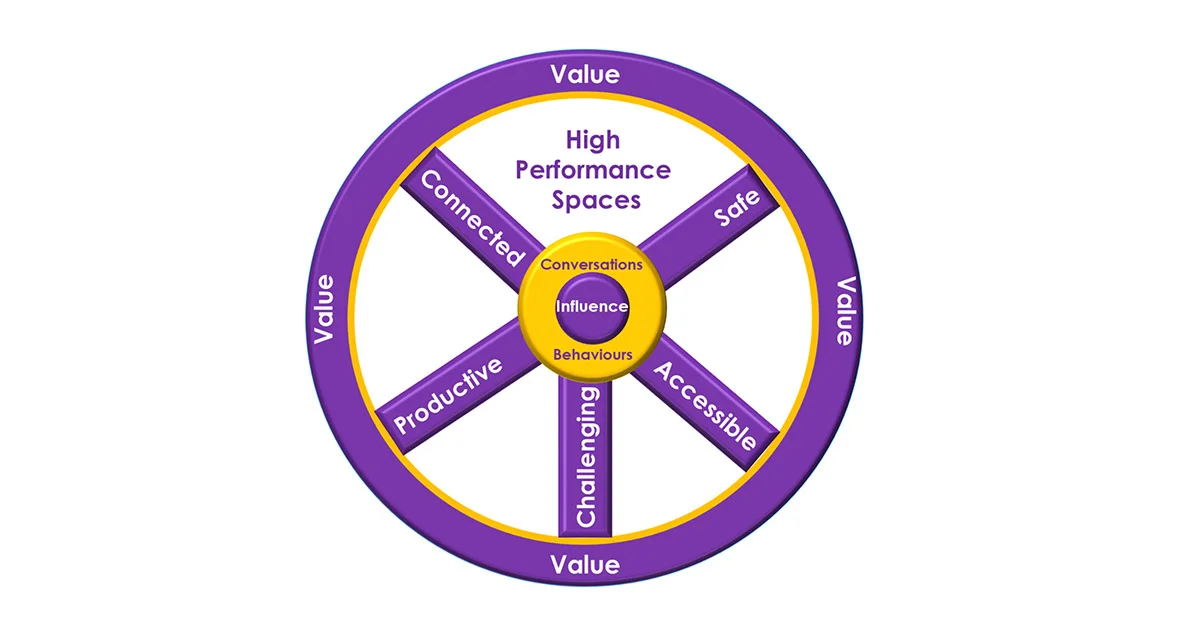Leveraging a Crisis
As Milton Friedman, the famous US economist, once said: “Only a crisis – actual or perceived – produces real change”.
It does this because it thrusts change upon us. In a crisis we are often forced to embrace the change – we are compelled to stop procrastinating and to think and act differently. As the old expression goes; “necessity is the mother of invention”.
That is not to say that everything that happens, as result of a crisis, is positive. Clearly that is not the case – every change brings both opportunities for positive and negative outcomes. It is how you frame the crisis that counts.
A crisis can reveal things to you – about yourself and others – and it can also bring new insights as to how you may more effectively operate your business. The crisis also provides opportunities to have different conversations with your clients.
So how can you leverage a crisis?
I believe there are three key parts to the ‘conversation’:
1. Survive
The survival step is all about protecting the core of the business. Like a sailing ship hit by an unexpected storm, a lot of things may get washed overboard. So, the immediate focus should be on securing the essentials. There is nothing like a crisis to focus the mind on what is truly important.
In business, the essentials would include:
Employee welfare.
Using the crisis to bring people together (against the common enemy) – “we are in this together”.
Protect cash flow.
Access any available stimulus package.
Pricing strategy.
Protect your value chain
Stay connected to clients
Stay connected to suppliers
Ensure robustness & appropriateness of current business systems & processes
Many businesses have been going through this step and some have indicated, to me, that they, and their clients, are nearing the end of the survival step. So, what next?
2. Revive
Based on what you have learned what is your next step going to be? Are you going to pivot or persevere?
Some of the factors to consider here are:
What did/are you learning from this crisis about…
your value proposition?
what’s important in your business? Do an 80/20 across all aspects of your business, based on what you have learned.
different ways of operating e.g. use of technology?
your processes/systems?
What is likely to change, and become the ‘new normal’? Develop some likely scenarios.
What are the new opportunities?
Evolve your business model.
Secure profits/surplus in this environment.
3. Thrive
The thrive step is all about how to stimulate progress. How do you come out of the crisis in a stronger position than when you went in?
Consider:
Improved client focus.
Enhanced value proposition.
Embed adaptive thinking & planning processes in your business.
New (adaptive) business model.
Leading change – Empower your people.
Embed ‘new’ team culture.
Growth strategy.
Each one of these steps requires a different way of thinking. I have seen some organisations attempting to move from survive to thrive in one step. I think this is not only a bridge too far, but it also misses a crucial step in the process.
I leave you with a final message – one that is rapidly becoming a cliché’.
Don’t waste a good crisis!
Warwick Cavell is a Profitable Conversations coach, thought leader in communicating for results and strategy implementation. For over 25 years, he has helped professional service firms improve business performance by changing the way people communicate and work to meet business challenges – both internally and with their clients. He is a highly respected facilitator, coach, speaker and trainer, and author of regular blogs.











